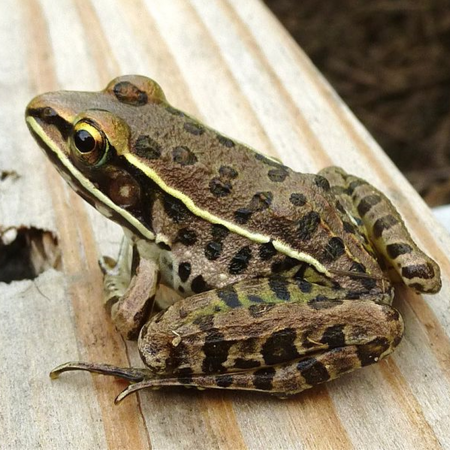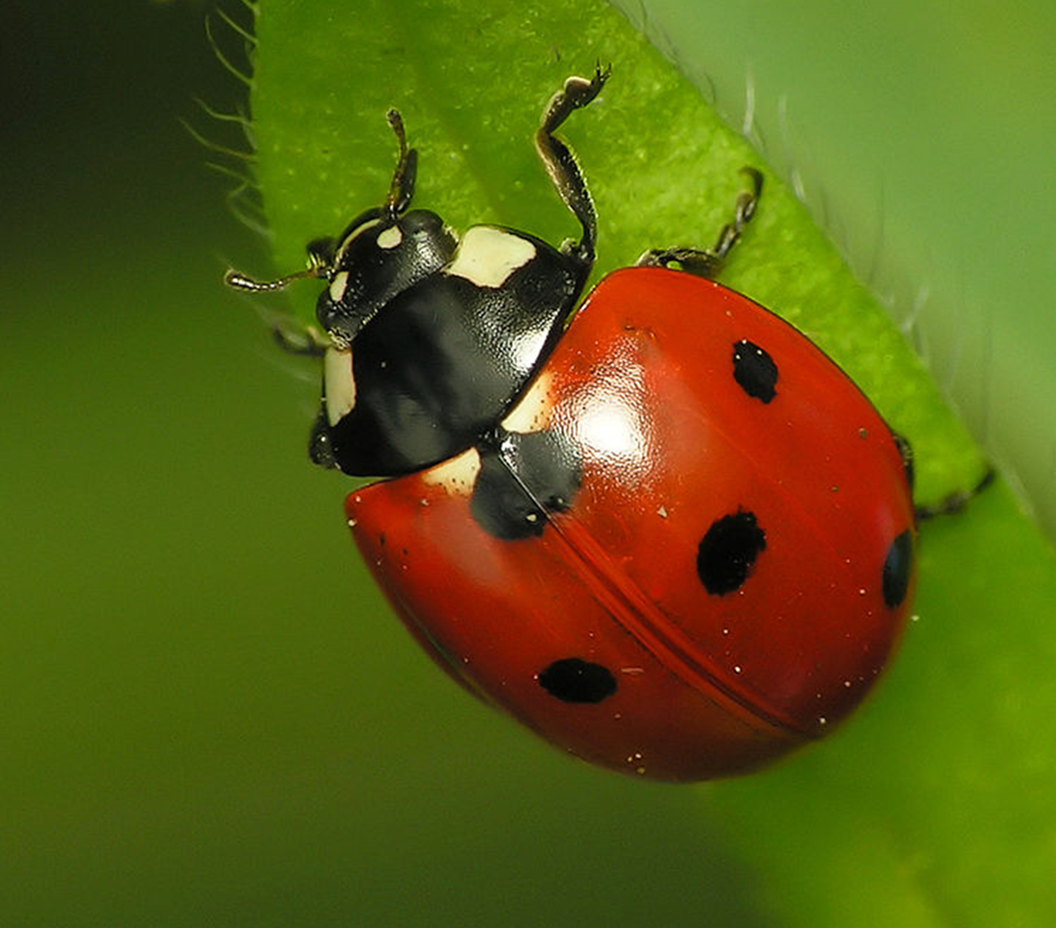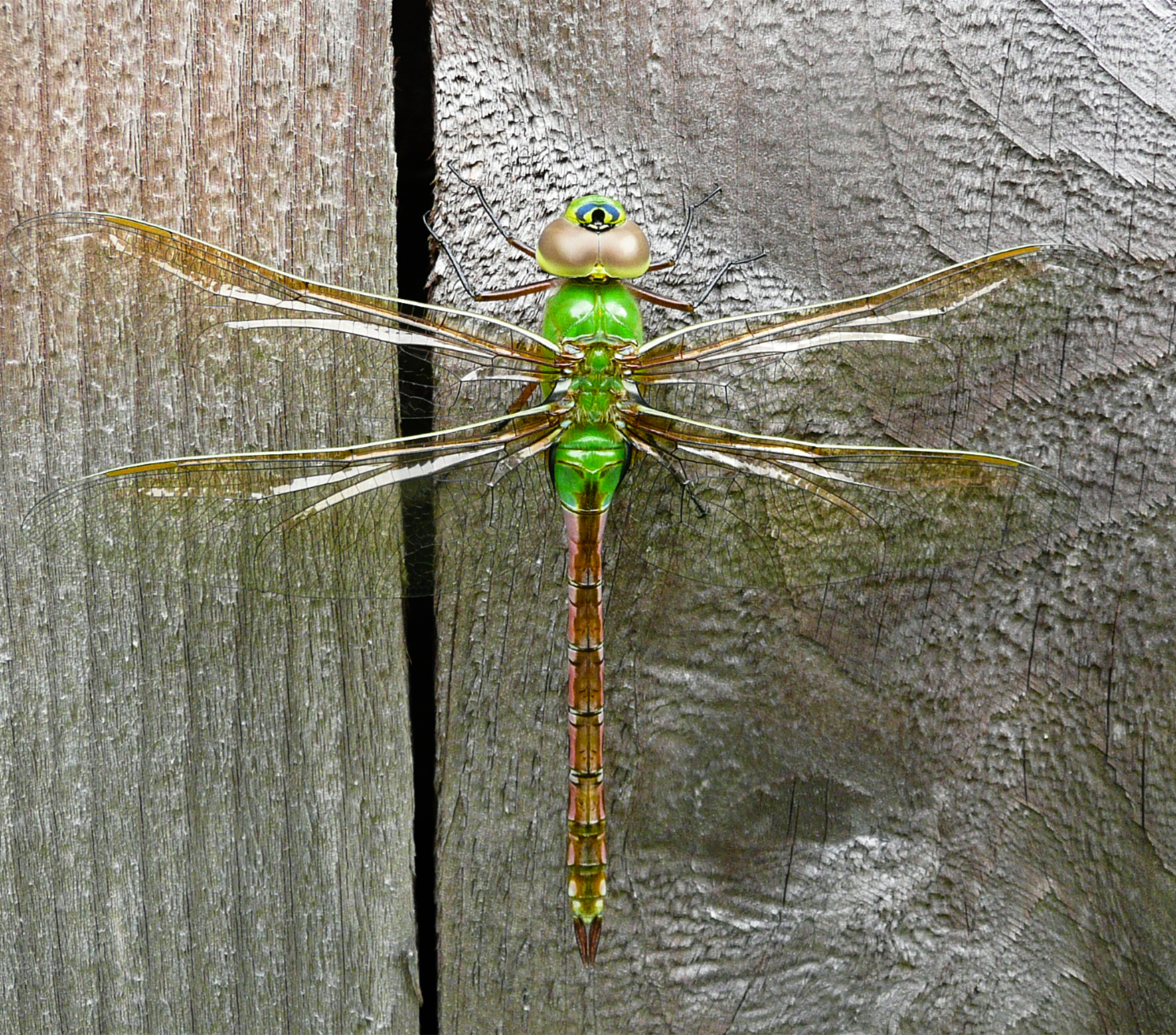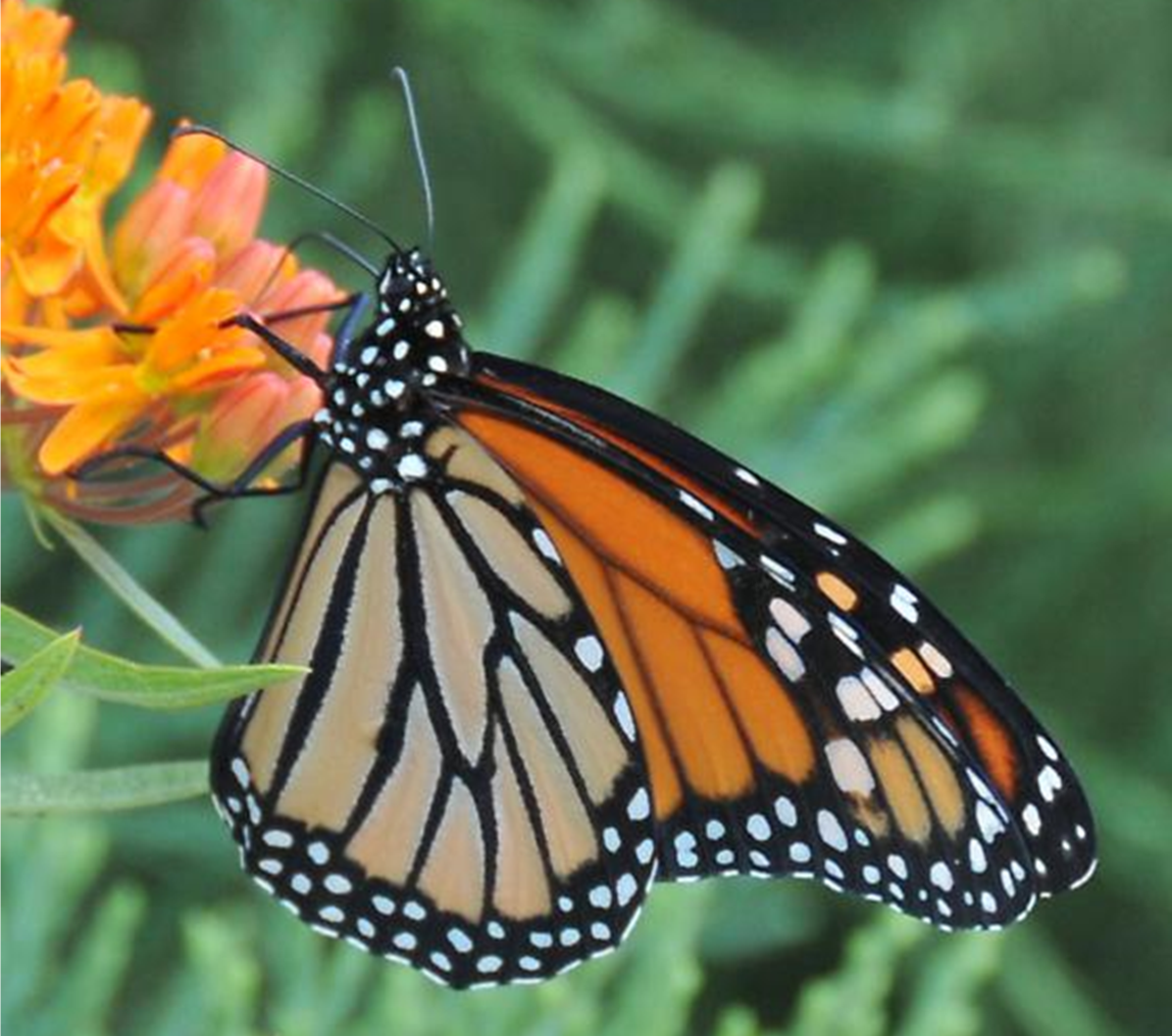A frog is a living thing in the vertebrate group, which means the frog is an animal with a backbone, or spine. Frogs and toads are amphibians, like salamanders and newts, and are ectothermic, or cold-blooded. Amphibians are found near aquatic habitats that are close to a source of water. The word amphibian actually comes from a Greek word which means both kinds of life. This term describes the amphibian’s ability to live in water and on land.





